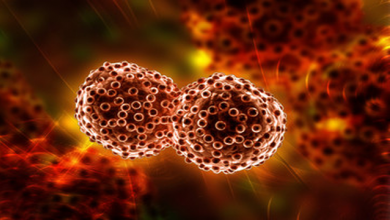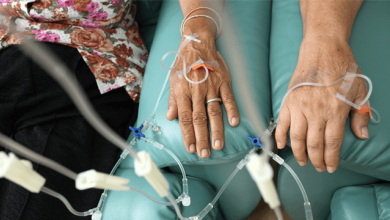Search results
Author(s):
Allegra Battistoni
,
Massimo Volpe
Added:
3 years ago
Cardiovascular and neoplastic diseases are currently the main causes of mortality and morbidity in developed nations.1 These diseases often coexist in the same individual, worsening general condition, complicating therapeutic management and – from a different perspective – raising the issue of possible shared pathophysiological pathways between cardiovascular disease (CVD) and cancer. Many of the…
View more
Author(s):
Virginia Tsapaki
,
Michel Molfetas
,
Vassiliki Neofotistou
,
et al
Added:
3 years ago
Digital medical imaging has progressed immensely in recent years, providing the opportunity to store images in a picture archiving and communications system (PACS) and eliminating the need for film storage. Images can be viewed simultaneously in many monitors during or after the radiological technique, enabling more accurate and efficient treatment of the patient. The result is acceleration of…
View more
Author(s):
Ahmed Zwain
,
Mohanad Aldiwani
,
Hussein Taqi
Added:
2 years ago
Author(s):
Eugenio Picano
Added:
3 years ago
Sources of Radiation Exposure
Radiation used in medical examinations and tests is the largest man-made source of radiation exposure. The biological effects of the radiation dose received is expressed in milliSievert (mSv), with the effective dose of 1 mSv corresponding to the radiation dose of 50 chest X-rays. An average of 2.4 mSv per head per year comes from natural sources (see Figure 1).1…
View more
Author(s):
Daniel Alejandro Lerman
,
Nasri Alotti
,
Kiddy Levente Ume
,
et al
Added:
3 years ago
Acute myocardial infarction (AMI) is still a major public health problem worldwide, causing high rates of morbidity and mortality. In the United States, nearly one million patients suffer from AMI each year.1 In the UK, around 80,000 people died from coronary heart disease (CHD) in 2010.2
The current approach to the treatment of myocardial infarction involves early revascularisation with…
View more
Author(s):
Frederic Baumann
,
Nicolas Diehm
Added:
3 years ago
Chronic critical limb ischaemia (CLI) affects a defined subgroup of patients with systemic atherosclerosis. Often, these patients exhibit additional cardiovascular risk factors and co-morbidities, which complicate their disease pattern and limit treatment modalities. Therefore, CLI is clearly associated with excessive morbidity and mortality rates and leads to a substantial decline in quality of…
View more
Author(s):
Carolyn M Webb
,
Peter Collins
Added:
3 years ago
Cardiovascular disease (CVD) is the most prevalent non-communicable cause of death worldwide.1 The health and economic implications of caring for a growing ageing population with CVD is enormous. Maintaining a “healthy” elderly population that is mobile and independent with a good quality of life is vital. Testosterone is a sex hormone that is predominant in males, being secreted from the testes…
View more
UCLH Cancer Academy
Supplier
Hidden in Heart Failure
Author(s):
Douglas Ewan Cannie
,
Mohammed Majid Akhtar
,
Perry Elliott
Added:
3 years ago
Article
Author(s):
Hani Essa
,
Gregory YH Lip
Added:
2 years ago














